These architects wanted to do meaningful work, so they quit their jobs and joined the public sector
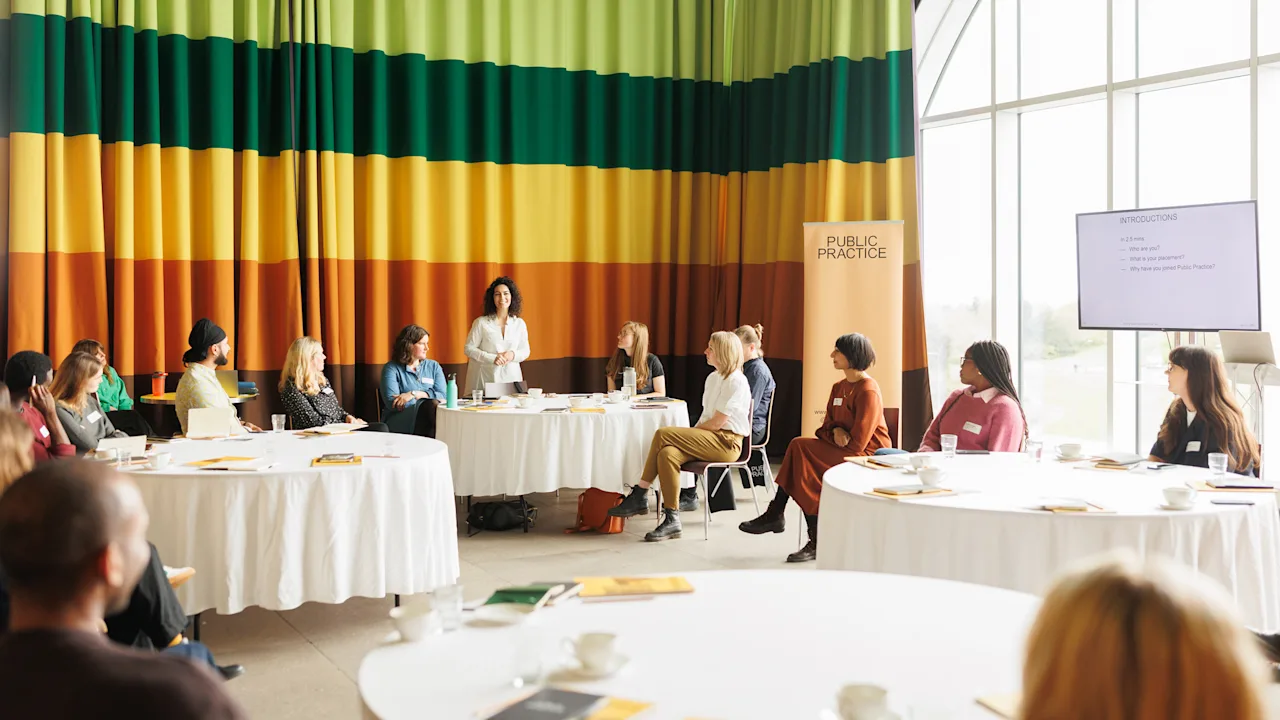
In 2021, Sanaa Shaikh was burned out. As a South Asian woman working in an overwhelmingly white and male profession, she had spent years experiencing her fair share of discrimination and microaggressions—while at the same time being tasked with designing housing developments for underserved communities where she routinely felt like her ideas and perspective were dismissed. She was ready to move on.
A friend asked whether she’d consider going into public-sector work, and mentioned Public Practice—a social enterprise that works to build the design skills and capacity of the public sector across the U.K. by bringing established professionals from architecture, landscape architecture, urban design, city and town planning, engineering, transportation, and ecology into local government.
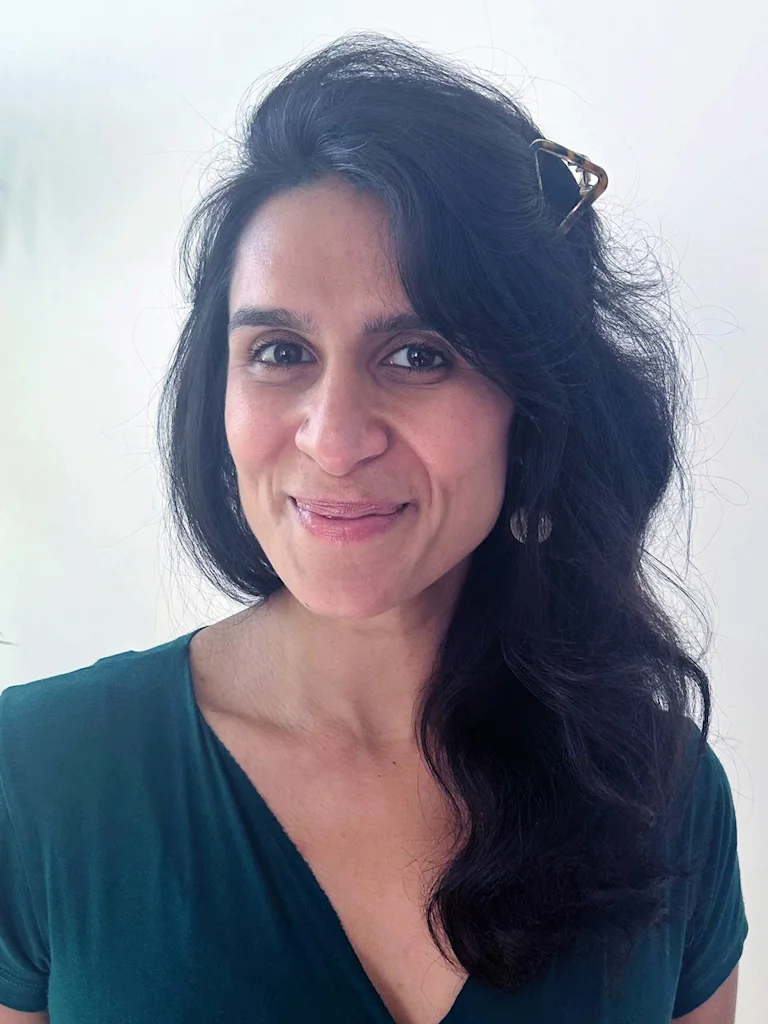
After completing Public Practice’s program last year, Shaikh has remained in the public sector, working as placemaking lead for the London Borough of Bexley. In the role, she shapes urban design and develops planning guidance for the area, initiating efforts to reanimate its disinvested public realm to support local businesses and to ensure overlooked groups including young people and the elderly have free and accessible spaces to spend time.
“You have way more impact by designing for the everyday in the public sector—you’re actually contending with wider societal issues,” Shaikh says.
Public Practice was cofounded in 2017 by Pooja Agrawal and Finn Williams, both of whom were working for the Greater London Authority—London’s city government—in response to what they saw as a challenge facing local areas within the city. They found that nearly every local authority was struggling to attract qualified architecture and design professionals with the right skills to support their work.
“We set up Public Practice to see how we can make the public sector a player in driving development with public purpose in mind and raise the ambition and quality of what is being driven and delivered,” Agrawal says.
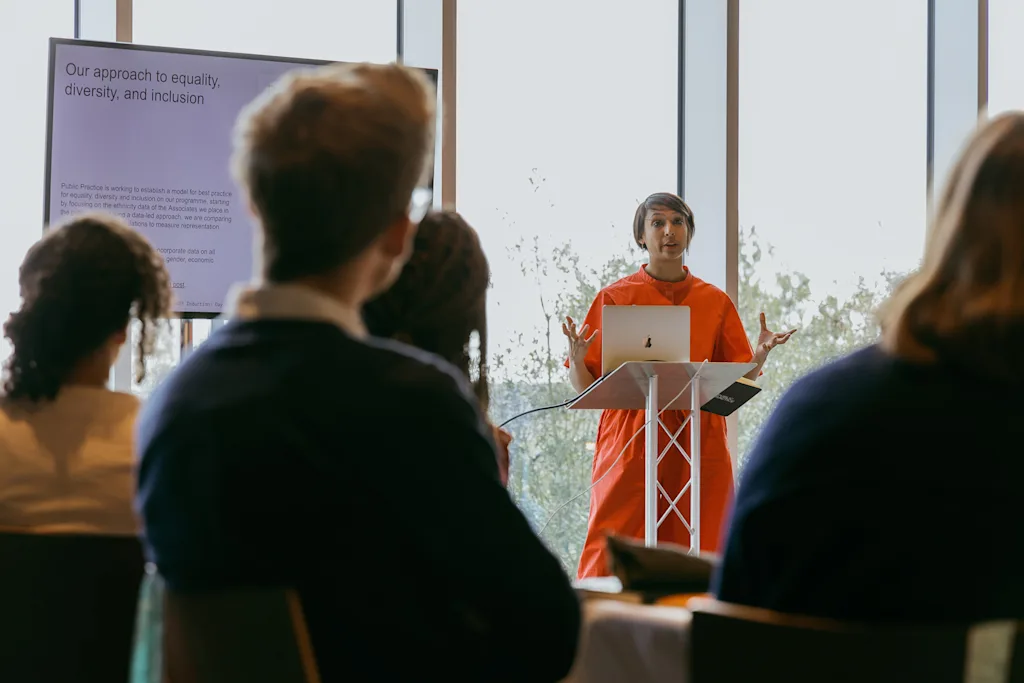
The rise and fall of public-sector designers
Until the 1970s nearly half of U.K.-based architects worked in the public sector, with some of the most admired architects of their time working for local councils. But by 2020 that rate had dropped substantially. Agrawal attributes the decline to stagnant wages in the public sector, the increasingly outsize influence of the private sector in urban development, and a perception of local government as bureaucratic and ineffectual. These problems aren’t unique to the U.K.—they are challenges for the urban planning and design professions in the U.S. and Canada as well.
In their work, Agrawal and Finn could feel a marked difference in those local councils that had design skills in-house in their ability to deliver projects. “And on the other side we were seeing increasing dissatisfaction with our peers and friends in the built environment sector but who hadn’t seen public-sector work as a desirable option. They studied design because they had a social agenda and wanted to make a difference but ended up designing toilets instead,” Agrawal says.
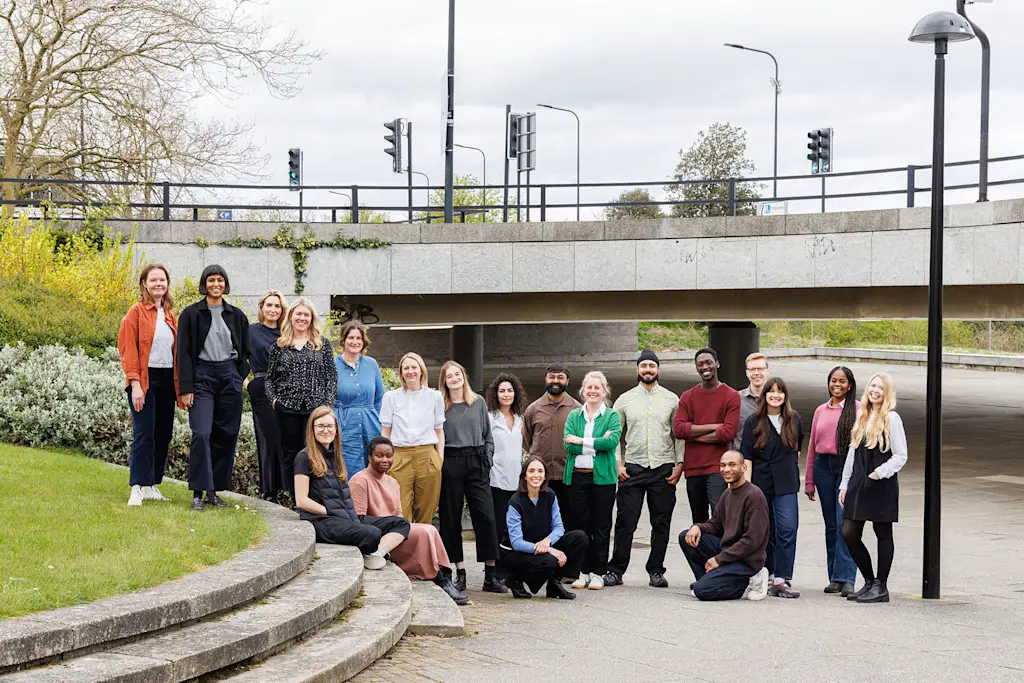
To address this, Public Practice devised its central associate program to partner up local authorities looking to build their in-house design capacity with yearlong cohorts of mid-career professionals, the majority of whom come from the private sector and are looking to transition into public-sector work. In their placements, these designers address everything from affordable housing and the climate crisis to town center redevelopment in response to changing retail patterns.
Since that initial group, Public Practice has delivered more than a dozen cohorts and scaled from a focus on London to cities and towns across England and into Wales, placing more than 370 people with upward of 97 different public-sector organizations; nearly 75% of those people have remained working in the public sector. Alumni stay part of a community of practice, getting ideas and inspiration from other public-sector designers through a dedicated Slack group, learning trips, and public forum.

Redefining meaningful work
Designer Laura Keay felt like she was hitting a wall after spending years as part of a two-person sustainable architecture studio doing low-embodied carbon, adaptive reuse, and retrofit buildings for multifamily homes, community spaces, schools, and cultural hubs in the U.K. and internationally.
“I felt like I was waving a green flag in a larger system that isn’t always set up to support our values,” Keay says.
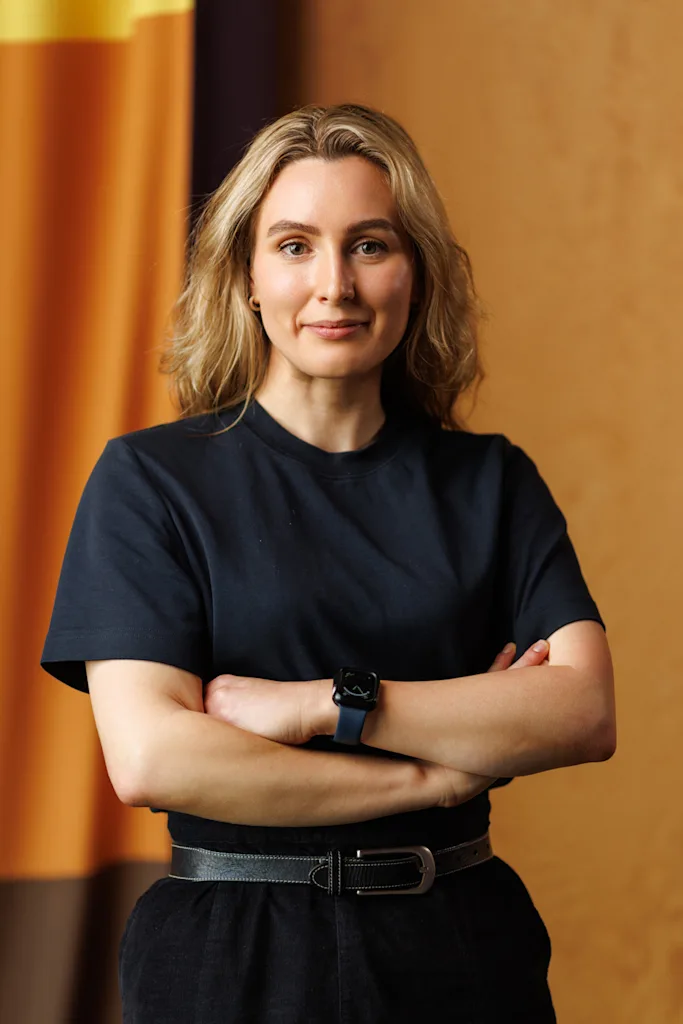
She decided to do Public Practice to scale her impact beyond the few projects she was able to work on at any given time. “Working across a diverse range of projects showed me how much design can do, but also where its influence stops without the right policies and systems behind it.”
Keay became a community retrofit officer with the London Borough of Merton, shaping planning policy and building retrofit strategies and sustainability frameworks to guide the area toward its transition to net zero by 2050. “If we want sustainable and equitable places, change has to happen systemically from planning and policy and not just project to project,” she says.
In parallel to its placement program, Public Practice has been trying to instigate a wider culture and perception shift in how local government and public-sector work is thought of and talked about, even launching a magazine, Public Notice, that looks at the backstory of public space and public-sector projects.
“They’ve flipped that narrative and created a space where the public sector is now seen as an opportunity for real leadership and where the most meaningful work happens behind the scenes in policy writing and strategic planning—that it isn’t always about designing buildings,” Keay says. “I can’t believe I’m saying that as an architect.”
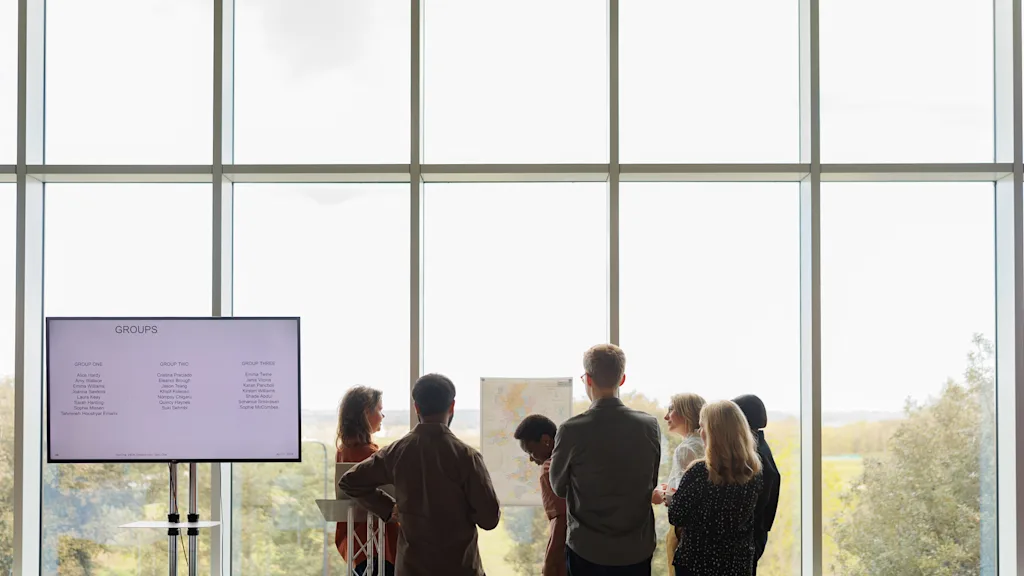
In the past seven years Public Practice has already had to weather and respond to ongoing internal and external crises, each of which has had implications for public planning and design—from the pandemic, implementation of Brexit, changes in the U.K. government, and the Grenfell Tower tragedy. Public Practice is continuing to adapt to an ever-changing economic and political context with local authorities under increasing financial pressure and expectations to do more with less.
The group has received inbound interest from cities in North America and Europe curious about the model and is starting to explore what it could look like to adapt its approach within different contexts. “For us, international expansion isn’t simply about rolling out the associate program globally,” Agrawal says. “Instead, it’s about developing new, locally embedded models that respond to different political, spatial, and institutional contexts while holding true to our core mission of building public-sector capability in place-based work.”
What's Your Reaction?
 Like
0
Like
0
 Dislike
0
Dislike
0
 Love
0
Love
0
 Funny
0
Funny
0
 Angry
0
Angry
0
 Sad
0
Sad
0
 Wow
0
Wow
0























































![Walter Boys Season 2 Finale Delivers Not One, But Two Cliffhangers — Is [Spoiler] Dead?](https://tvline.com/wp-content/uploads/2025/08/my-life-of-the-wlater-boys-season-2-finale_33d3b0.jpg?#)







































